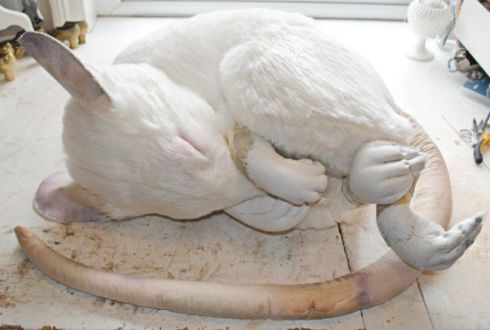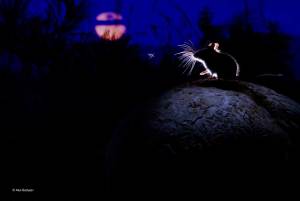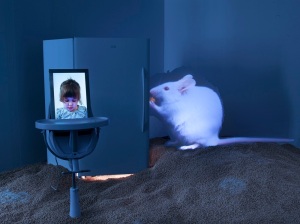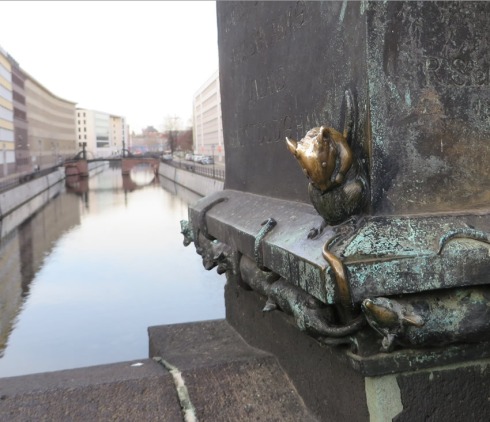 To a mouse, today is not so much about an Irish saint called Patrick but about another saint who lived three centuries and six hundred miles away from him. Saint Gertrude of Nivelles hails from seventh-century Belgium (then known as Francia). Like Saint Patrick she died on March 17th, and like Saint Patrick she was posthumously awarded the date as her Feast Day. But you’ll find no mice dancing down the avenues, dying rivers and lighting buildings in colors that sing spring, drinking Belgian ales by the bottlefuls; you’ll hear no squeaks of Happy Saint Gertrude’s Day. Instead the holiday undoubtedly makes tiny rodents rather somber, for this Gertrude was none other than the Patron Saint of the Fear of Mice.
To a mouse, today is not so much about an Irish saint called Patrick but about another saint who lived three centuries and six hundred miles away from him. Saint Gertrude of Nivelles hails from seventh-century Belgium (then known as Francia). Like Saint Patrick she died on March 17th, and like Saint Patrick she was posthumously awarded the date as her Feast Day. But you’ll find no mice dancing down the avenues, dying rivers and lighting buildings in colors that sing spring, drinking Belgian ales by the bottlefuls; you’ll hear no squeaks of Happy Saint Gertrude’s Day. Instead the holiday undoubtedly makes tiny rodents rather somber, for this Gertrude was none other than the Patron Saint of the Fear of Mice.
According to legend, Nivelles’s Gertrude was responsible for driving field mice out of the land, protecting people’s crops from devastation and the people themselves from disease. Before you picture a nun chasing mice like some kind of rabid farmer’s wife, the young abbess got rid of the rodents much more efficiently; she banished them with a single 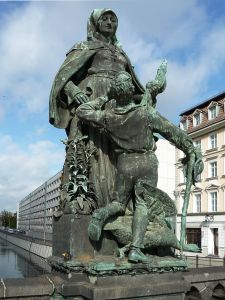 prayer.
prayer.
“Karma will bite you in your habit,” the mice must have thought, and sure enough, by the Middle Ages Saint Gertrude became forever stuck with myriad tiny rodents at her side. As mice at the time were popularly considered to represent souls in purgatory—souls for whom Gertrude in her day had spent hours and hours praying—artists began depicting her together with a mouse, often more than one, climbing her pastoral staff or sitting at her feet.
In 1896 the German sculptor Rudolf Siemering[1] completed a nine-and-a-half-foot bronze of Saint Gertrude for Berlin’s Gertraudenbrücke (Gertrude’s Bridge) that had been erected near the site of a former hospital, which also bore the saint’s name. The pedestal is bedecked with mice and rats on the run—one mouse’s head has been rubbed to a high shine from the many hands of passersby who can’t resist touching him in hopes their wishes are granted.
.
[1] Here in the States a sample of Siemering’s work can be seen in Philadelphia: his monument of Washington on horseback (1897) sits in Eakins Oval in front of the Philadelphia Museum of Art.
Sources: Catholic Encyclopedia; [Father Alban] Butler Lives of the Saints, 1866;
Images: Saint Gertrude of Nivelles (with a traveler) and detail (secretcitytravel.com), 1896, cast bronze, height: 118 inches, Gertraudenbrücke, Berlin, reproduced for non-commercial use only.
